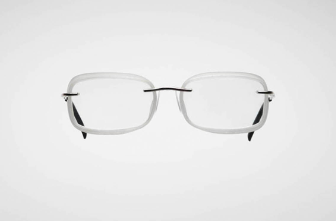Tears are surprisingly more complex than you’d think. They’re actually comprised of three parts: a mucous layer for tear adherence to the eye, an aqueous layer made of 98% water with small amounts of salt, proteins and other compounds, and an outer lipid layer that seals in moisture and prevents evaporation.
Tears are responsible for three major functions:
- Making the corneal surface optically smooth by “filling in” any minute surface irregularities.
- Keeping the cornea and epithelium well-hydrated to prevent injury or death of the epithelial cell from dehydration.
- Inhibiting the growth of microorganisms on the cornea and epithelium with that constant flushing and infection-fighting action of the tear film.

 SeeFit Megs $149.00
SeeFit Megs $149.00